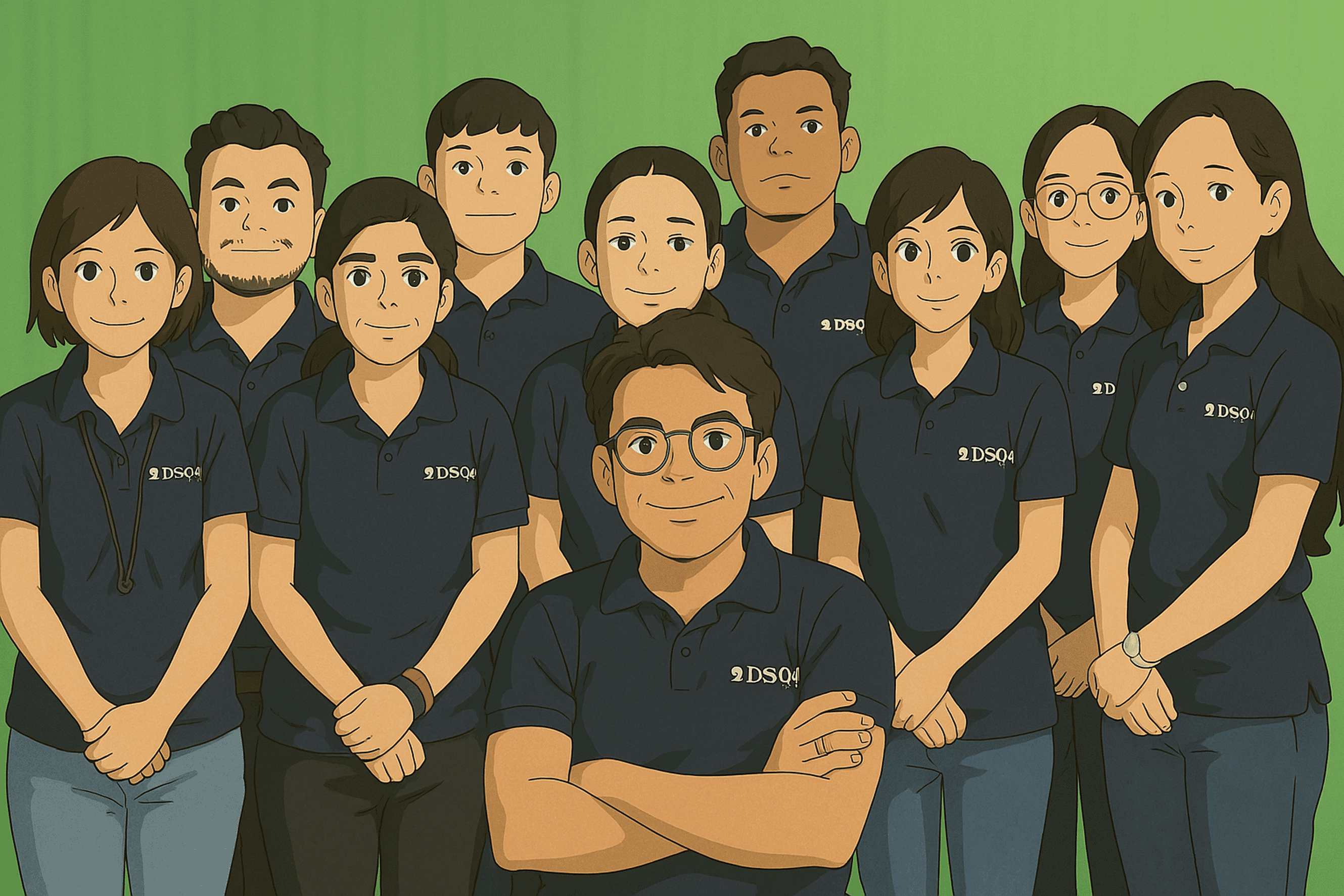Optimizing images for websites is crucial to ensure faster page loading times, improved user experience, and better search engine rankings. Here’s a beginner’s guide on how to optimize images for websites.
Choose the Right File Format:
The first step in optimizing images for your website is to choose the right file format. There are three main file formats that are commonly used for images on sites: JPEG, PNG, and GIF.
JPEG is best for images with a lot of detail and color, such as photographs. It has a smaller file size compared to other formats, making it ideal for web use.
PNG is best for images with transparency or a small number of colors, such as logos or graphics. PNG files are larger in size than JPEG files but offer better quality.
GIF is best for animated images and images with a limited number of colors, such as icons or small animations. GIF files are generally smaller in size compared to other formats.
Compress Images for Website:
After choosing the right file format, the next step is to Compress Images for the Website. Compression reduces the file size of an image without significantly affecting the quality.
There are several tools and software available online that you can use to Compress Images for Websites. Some popular options include Adobe Photoshop, GIMP, and TinyPNG.
Compress Images for Website, it's important to strike a balance between file size and image quality. You want your images to be as small as possible without sacrificing too much quality.
Resize Your Images:
Another important step in optimizing images for websites is resizing them. Large images can slow down your website's loading time and negatively impact the user experience.
Resize your images to the appropriate dimensions before uploading them to your website. This will help reduce the file size of your images and improve the overall performance of your website.
There are several online tools and software available to help you resize your images. Some popular options include Adobe Photoshop, GIMP, and Canva.
Use Descriptive File Names:
When uploading images to your website, it's important to use descriptive file names. Descriptive file names help search engines understand what the image is about and improve the image's search engine rankings.
Instead of using generic file names like "IMG_001," use descriptive file names like "beach-sunset.jpg" or "company-logo.png." This will help search engines and users understand what the image is about.
Add Alt Text:
Alt text is a description of an image that is used by screen readers for the visually impaired. It's also used by search engines to understand what the image is about.
When adding alt text to your images, be descriptive and use relevant keywords. This will help improve the image's search engine rankings and make it more accessible to visually impaired users.
Use Lazy Loading:
Lazy loading is a technique that loads images as the user scrolls down the page. This helps improve the loading time of your website and prevents large images from slowing down the page.
There are several plugins and tools available that can help you implement lazy loading on your website. Some popular options include WP Rocket and Lazy Load by WP Rocket.
Use a Content Delivery Network (CDN):
A content delivery network (CDN) is a network of servers that distribute your website's content to users based on their location. This helps improve the loading time of your website and ensures a better user experience.
By using a CDN, your images will be served from the server closest to the user, reducing the loading time and improving the overall performance of your website.
Conclusion
Optimizing images for websites is an important part of improving the performance and user experience of your website. By following these tips, you can reduce the file size of your images, improve the loading time of your website, and boost your search engine rankings.
 How to Turn Your Photos into Ghibli-Style Art with ChatGPT for Free
How to Turn Your Photos into Ghibli-Style Art with ChatGPT for Free Top 10 AI Tools for Plagiarism-Free Content Writing: Boost Your SEO & Digital Marketing Efforts
Top 10 AI Tools for Plagiarism-Free Content Writing: Boost Your SEO & Digital Marketing Efforts The Rise of Graphic Designing in 2025: A Career Guide.
The Rise of Graphic Designing in 2025: A Career Guide. The Rise of Video Editing: A Crucial Skill in 2025
The Rise of Video Editing: A Crucial Skill in 2025 Top 10 Digital Marketing trends in 2025
Top 10 Digital Marketing trends in 2025 Common Mistakes in Digital Marketing and How to Avoid Them 2025
Common Mistakes in Digital Marketing and How to Avoid Them 2025 The Future of Digital Advertising: What You Need to Know
The Future of Digital Advertising: What You Need to Know Social Media Marketing in 2024: Strategies for Maximum Engagement
Social Media Marketing in 2024: Strategies for Maximum Engagement Building a Successful Digital Marketing Funnel: A Step-by-Step Guide
Building a Successful Digital Marketing Funnel: A Step-by-Step Guide 5 ways to make money from home using AI (Artificial-Intelligence) in 2024
5 ways to make money from home using AI (Artificial-Intelligence) in 2024